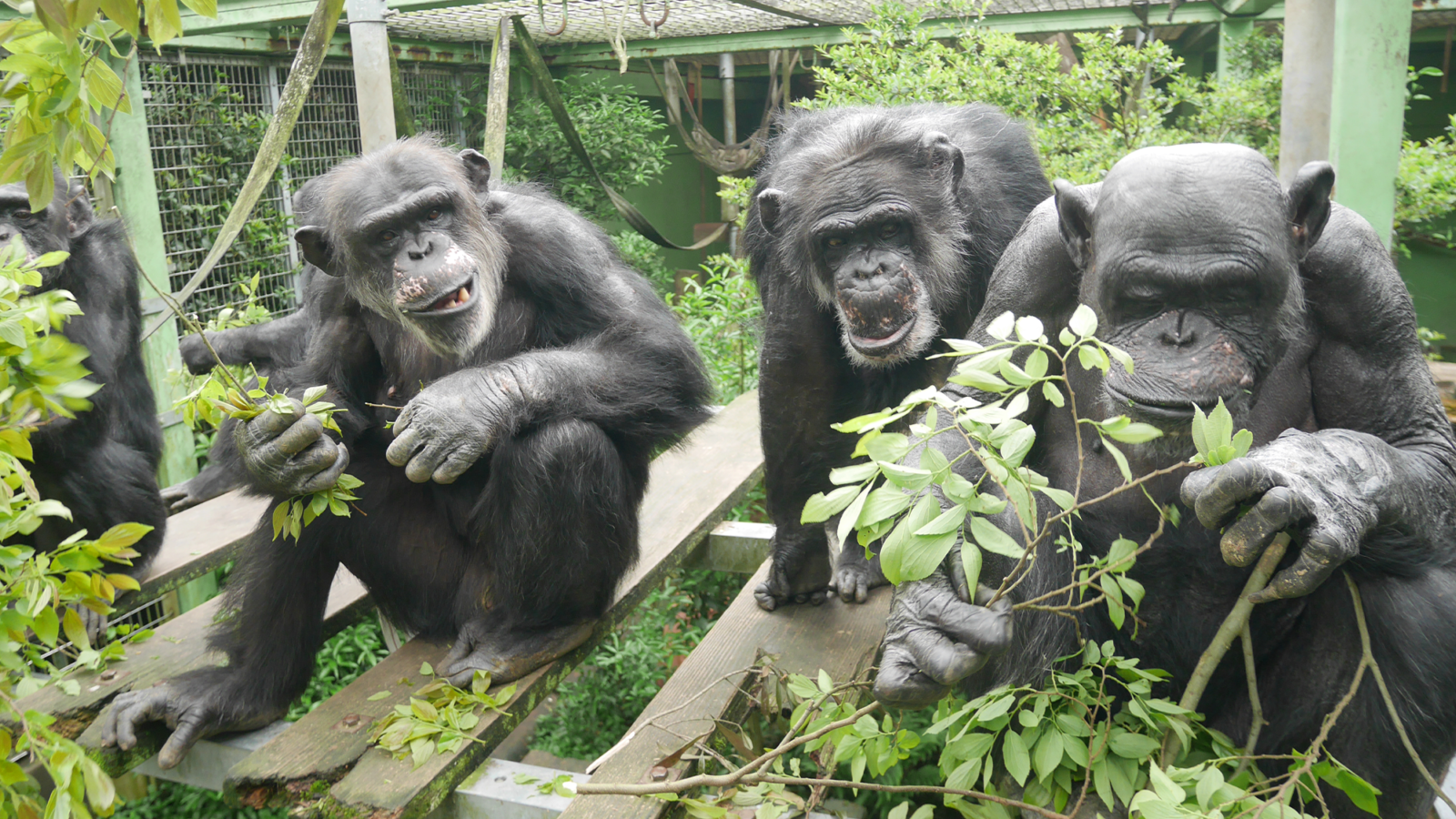For chimpanzees, the need to urinate appears to be contagious. A study published Jan. 20 in the journal Current biology discovered that when a chimp urinates, the others in a group are more likely to follow suit. The phenomenon is called ‘contagious urination’ and could have deep evolutionary roots in humans and chimpanzees – our closest relatives.
“In humans, communal urination can be seen as a social phenomenon,” says co-author and evolutionary biologist Ena Onishi of Kyoto University. said in a statement. “An Italian proverb says: ‘He who does not urinate in company is a thief or a spy’, while in Japanese, urinating with others is called ‘Tsureshon’. These behaviors have been represented in art across centuries and cultures and continue to appear in modern social contexts.”
Onishi and colleagues decided to study this behavior when they noticed that the chimpanzees in the sanctuary seemed to urinate at about the same time. They were curious whether urination could be similar to contagious yawning in humans.
In the studythey documented the urination behavior of twenty chimpanzees in the Kumamoto Sanctuary. In more than 600 hours they saw 1,328 cases of urination. They then analyzed the observational data to see whether urination was significantly synchronized over time and whether urination might be influenced by nearby individuals or shaped by social factors.
They discovered that there was urination significantly more synchronized than you would expect if the animals simply urinated at random times. The likelihood of contagious urination also increased if a chimpanzee was physically closer to the first urination.
Individuals with lower ranks in the group were also more likely to urinate when others were urinating. The team believes this indicates that urinary patterns are influenced by social hierarchy. There may also be a tendency for behavior to ‘flow down’ through the dominance structure.
“We were surprised to find that the infection pattern was influenced by social rank. Because there has been no previous research on contagious urination in any species, we drew parallels with contagious yawning, another semi-voluntary physiological behavior,” Onishi said. “Based on this, we initially expected that any social influences might resemble those of yawning – such as stronger contagion between socially close pairs.”
However, the results indicated that social proximity did not have any effect on this action. Instead, social rank seemed to have the greatest influence, with lower-ranked individuals more likely to follow suit.
[ Related: Like humans, chimps often perform tasks differently when crowds are watching. ]
This unexpected finding regarding social hierarchy and ranking could reflect a form of covert leadership that synchronizes group activities, strengthens social bonds, or an attentional bias among lower-ranked individuals. The results may also have some implications for understanding and investigating the role that infectious urination may have in keeping a group together, facilitating coordination, or strengthening social bonds within a group. According to the team, it also shows how some seemingly mundane but absolutely necessary behaviors can have overlooked social significance.
Further research could better understand the specific functions and mechanisms underlying contagious urination in chimpanzees and whether it occurs in other species.













Leave a Reply